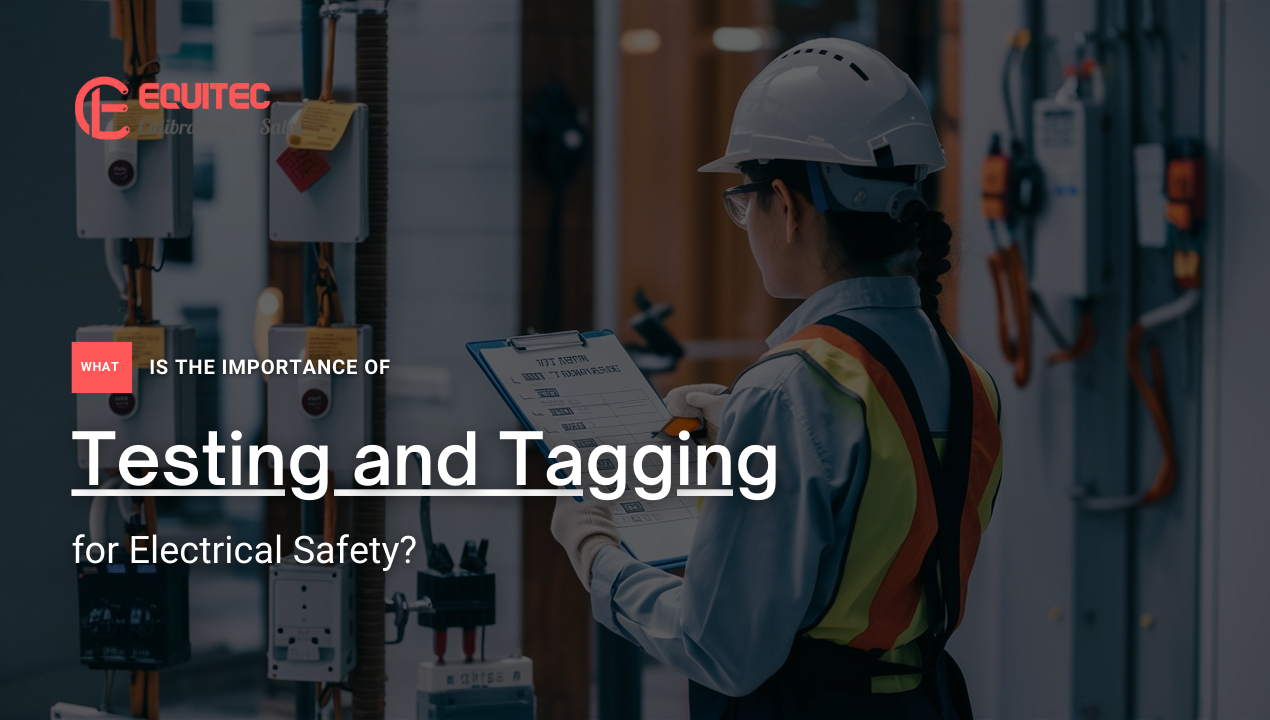The best way to ensure that an electric appliance will last a long time is by testing and tagging. In this, we inspect the appliance for connections, flexes, guards, plugs, and covers. We carry out a visual examination and electrical testing of your appliances. A report is then submitted on whether the appliance has passed or failed in its inspection. The testing process checks for unseen leakages or dangerous defects in these devices.
Effective Tips on Testing and Tagging
Testing and tagging a device depends entirely on the industrial unit. However, it is integral to check all the electrical equipment in your industry. You can either get the necessary equipment, train an employee to carry out these tests, or engage a third party for this purpose.
The main reason for this testing and tagging process on the appliance is to keep people safe at your place. It ensures that you avoid every kind of electrical danger. According to Australian Standards, how often we test or label depends on the environment in which the appliance is used.
What are the top industries that need testing and tagging?
-
- Demolition
- Construction
- Mining
All these industries need to have their appliances tested and tagged every month. This is because these industries are rough. So, the equipment used within them has a higher chance of getting damaged. The coloured tags used for these processes keep changing throughout the year.
Smart Tips for Testing and Tagging
Leave out the new items
The fresh things bought, in reality, do not need any sort of testing. The ones who make it should put a mark on the item showing when it needs to be tested for the first time after buying it. As an extra measure, you might want to talk again with your technician and double-check the testing date.
Know What to Test and Tag
Additionally, specific equipment used in industries like demolition, construction, and mining should also be tested and tagged such as:
-
- Jackhammers
- Conveyors and lifting equipment
- Welding machines
- Generators
- Power drills and saws
- Portable lighting systems
- Heavy machinery control panels
Many industries have a separate team that ensures safety and compliance as it is a high-risk environment.
Turn off the appliances
Industries have people who take care of the entire site by switching off the appliances. It is good practice and should be done before you inspect them. This is for your safety and helps prevent accidents from occurring.
Know the frequency
The frequency at which equipment is tested typically depends on the specific item. It considers location and application, how it’s used, and the age of the device. Usually, professionals have a rough understanding of how often various appliances need to be tested. If you see any electrical problem with an appliance, like a chord becoming frayed or something else, that seems odd. So, make sure to get it tested right away.
The duration
The time it takes to test and tag each item can vary. It usually takes several minutes, depending on the appliance. An initial visual test is done, followed by an electrical examination. The appliance also needs to undergo a series of electrical tests. After that, it will be marked as “a pass” in the testing and tagging process.
Be careful while hiring electrical equipment.
If your work is all about hiring electrical equipment, you need to inspect it at every purchase. Also, you need to test it every three months. You must also make sure that this equipment fulfills all inspection and testing needs.
The employer’s responsibility
Testing and tagging requirements only apply to the demolition, construction, and mining industries. If you are an employer, you must make sure that all electric appliances used by your workers are safe for use. If anyone gets hurt due to an untested appliance, it is unsafe; then you will be held responsible. And so, for safety’s sake, it is recommended that all electrical appliances be tested.
Documents to be Maintained
To keep a history of the tests, many papers must be maintained for record-keeping. The fastened test tags show the date, who did the test, and whether it passed or not, with “pass” and “fail” meaning failure. An asset register document also keeps track of all records of how each test went. Finally, a record containing the list of faulty items and repair actions is kept.

